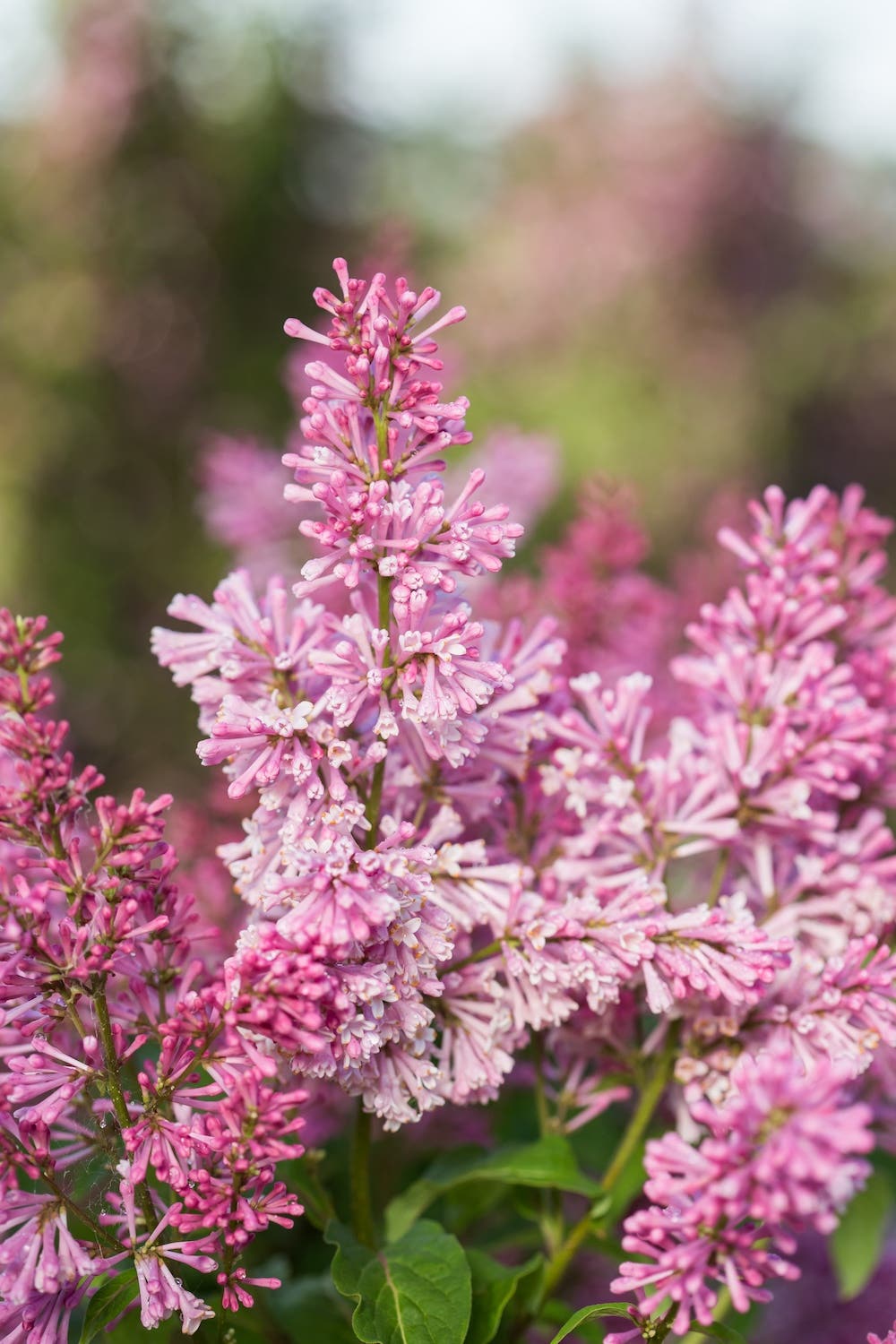New Compact Crapemyrtles Bring Big Color to Small Spaces
They grow just three to four feet tall and wide!
Virtues: The Bellini series of crapemyrtles offer a couple of advantages over other cultivars. They grow just three to four feet tall and wide, so they fit into small spaces or large containers. They also flower in their first year, and they bloom earlier in the season that other market varieties, by about three or four weeks. Finally, they offer good resistance to powdery mildew.
Common name: Bellini Guava crapemyrtle and Bellini Strawberry crapemyrtle
Botanical name: Lagerstroemia indica 'Bellaggua' or Bellini Guava; and Lagerstroemia indica 'Strawconbel' or Bellini Strawberry
Exposure: Full sun
Flowers: These shrubs develop the frothy flowers typical of crapemyrtles. Both begin blooming early in the summer. Bellini Guava has a beautiful light pink color. Bellini Strawberry flowers in bright red during the high heat of summer, but in cooler temperatures the buds will sometimes open white or pink. As the weather changes, this can result in a multicolored shrub!
Foliage: Medium green leaves typical of a crapemyrtle line the stems. Both cultivars possess good resistance to powdery mildew.
Habit: Both Guava and Strawberry are deciduous shrubs that grow three to four feet tall and wide.
Origin: Introduced to market in 2021 by Bloomables.
How to grow it: Plant these crapemyrtles in full sun and poor to average soil with good drainage. Crapemytrtles tend to establish better and quicker in warm soil, so wait until later spring to plant them. Provide regular, deep watering while they settle in over the first growing season. In subsequent seasons they may need supplemental water only during prolonged dry spells. Deadheading can promote a longer, heavier bloom. Because these crapemyrtles are naturally dwarf, they don't require pruning, although they may benefit from late-winter shaping in their first couple of years. Here's a helpful tutorial: "When and How to Prune a Dwarf Crapemyrtle Shrub." USDA Zones 6–9.
Image credit: Courtesy of Bloomables







